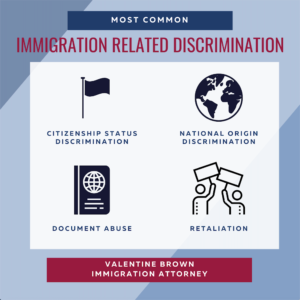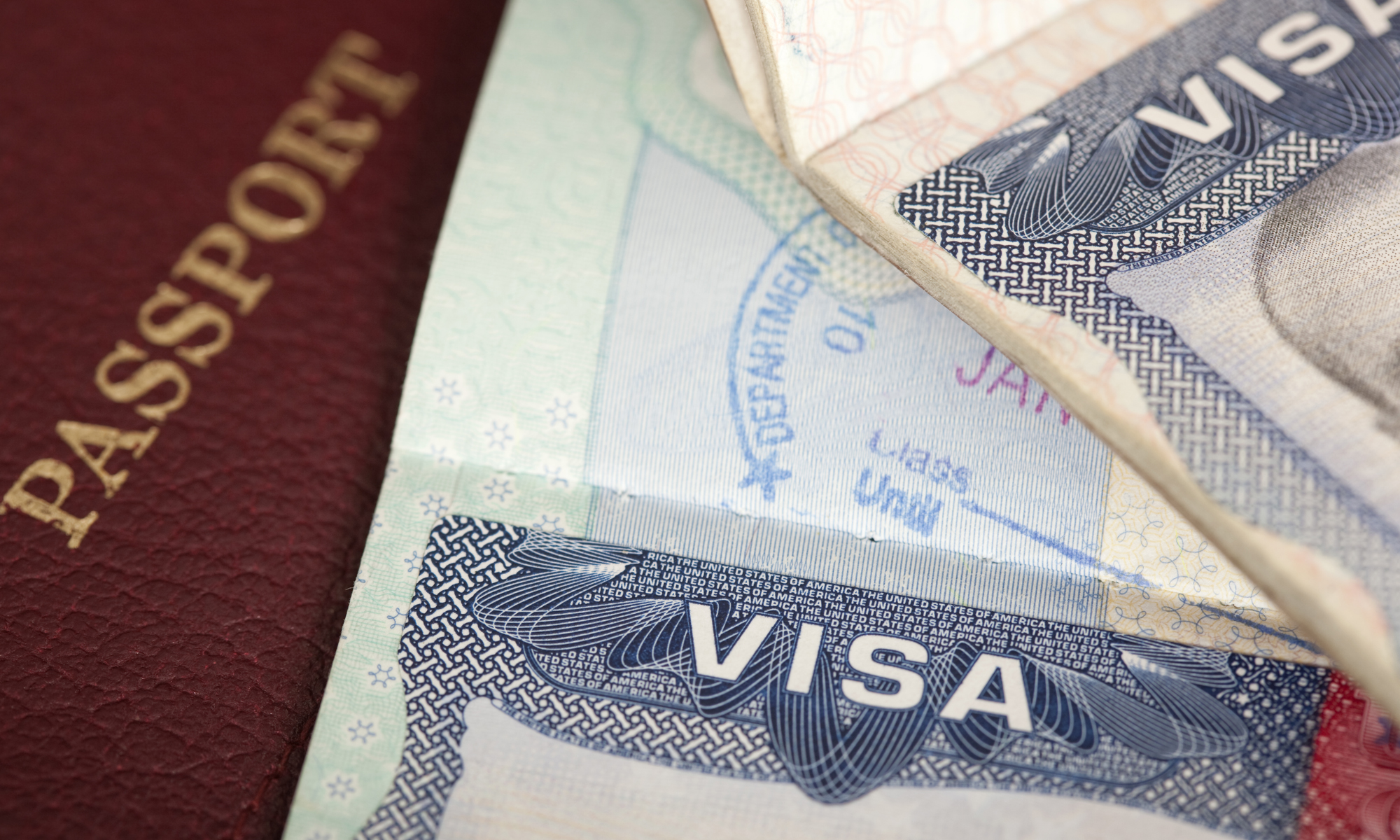The I-9 process continues to be the bane of HR existence. Recent accommodations for remote work environments, closed driver’s license agencies, and USCIS delays in printing work permits and green cards are definitely appreciated and helpful, but they also make the process more confusing. Employers are beginning to worry about how they will catch up on viewing all of the original documents they saw remotely during the pandemic, in the USCIS-designated 3-day time frame once their companies return to the office. Meanwhile, I-9 audits and worksite enforcement actions are continuing apace. While following all of the new guidance, employers must also be sure to stick to the basics.
I-9 Flexibility Extended until September 19: USCIS has announced that its COVID-19 special flexibility provisions have been extended for another 30 days, until September 19. Of course the agency did not announce this until the last possible day, leaving employers to wonder how they would comply and implement new policies if the guidance was not extended. Under this policy, the requirement to view the actual, original employee documents has been suspended. Employers who are fully remote may use any means available to view copies of the documents to complete the I-9 form. Under this guidance all I-9s completed in this way, must be updated and the original documents viewed, within 3 days of when the company returns to in-person operations.
EAD Approval Notices Now Accepted: Delays in USCIS production of work permits led to a lawsuit against the agency brought by foreign nationals who had their work permit applications approved months ago, but never receive their cards due bureaucratic issues and printing delays at the agency. The lawsuit was settled with USCIS agreeing that the approval letter from the agency, formally known as an I-797 notice can serve as proof of work authorization. USCIS said, “employees may use Form I-797, Notice of Action, with a Notice date on or after December 1, 2019 through and including August 20, 2020 informing an applicant of approval of an Application for Employment Authorization (Form I-765) as a Form I-9, Employment Eligibility Verification, List C #7 document that establishes employment authorization issued by the Department of Homeland Security pursuant to 8 C.F.R. 274a.2(b)(1)(v)(C)(7), even though the Notice states it is not evidence of employment authorization. ”
Remembering the Basics: Best practices for I-9s haven’t changed even though the way we are completing them has. Employers have always had a narrow path to follow between verifying employment eligibility and avoiding immigration-related employment discrimination.  One of the easiest and best practices to avoid treating people differently during the I-9 process is to follow the same process every time, no matter who the person or what the situation. Most important is to give employees page 1 of the I-9 to complete AND to give them Page 4 of the I-9 Form to review so they can determine which of their documents to present to the employer. While it may seem easier to tell an employee which documents to bring, this practice can inadvertently lead to citizenship or national origin discrimination, and can be document abuse. That is the practice where the employer asks for more or different documents than what is minimally required for the I-9. The most prevalent form of document abuse is when employers ask new hires to present a green card or other USCIS -issued document when the employee speaks with an accent or appears to be from a different country.
One of the easiest and best practices to avoid treating people differently during the I-9 process is to follow the same process every time, no matter who the person or what the situation. Most important is to give employees page 1 of the I-9 to complete AND to give them Page 4 of the I-9 Form to review so they can determine which of their documents to present to the employer. While it may seem easier to tell an employee which documents to bring, this practice can inadvertently lead to citizenship or national origin discrimination, and can be document abuse. That is the practice where the employer asks for more or different documents than what is minimally required for the I-9. The most prevalent form of document abuse is when employers ask new hires to present a green card or other USCIS -issued document when the employee speaks with an accent or appears to be from a different country.
Staying on the straight and narrow can be tough, especially in these unprecedented times, but setting up an easy to follow, and compliant I-9 process will go a long way in keeping employers out of trouble.
